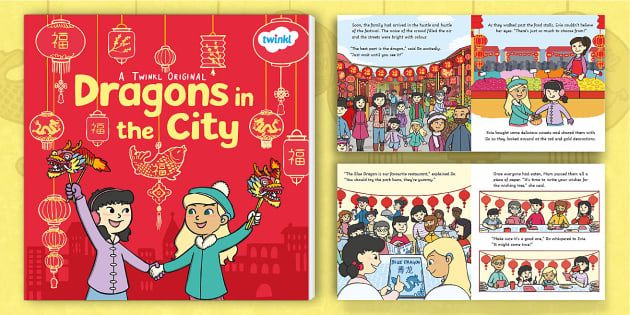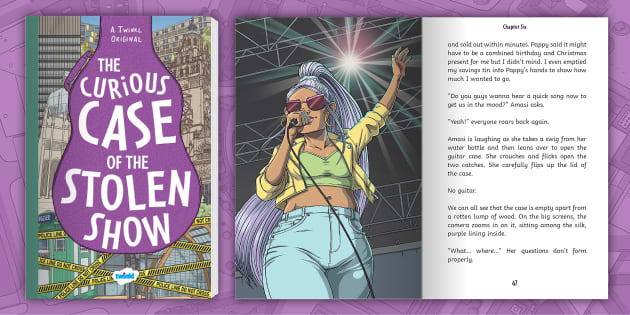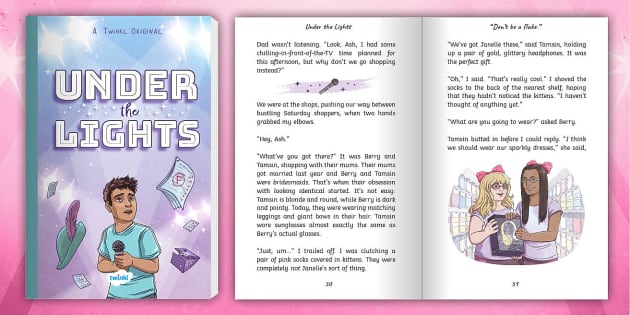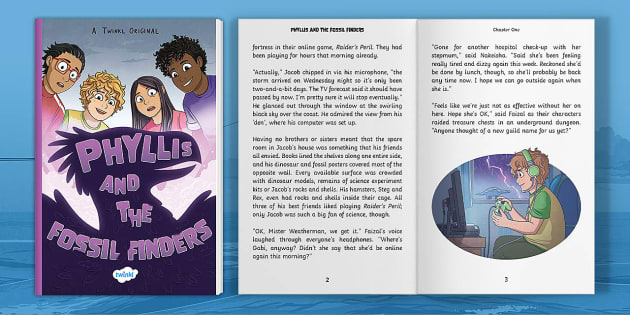


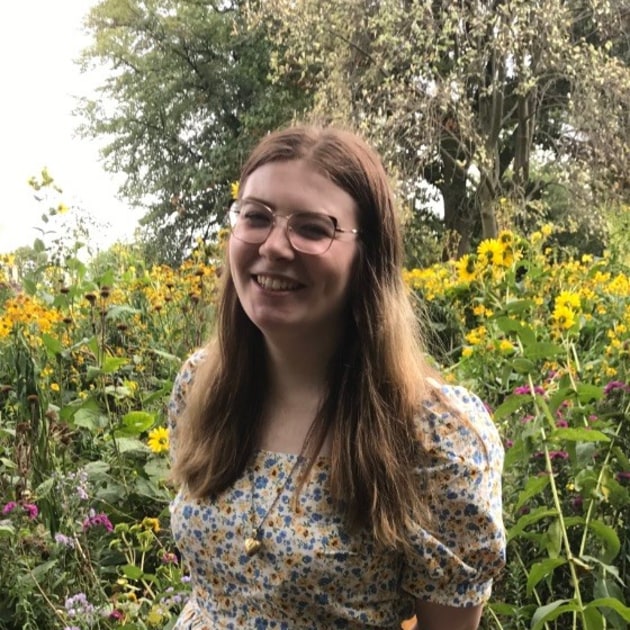
12 min
February 10, 2022
Diversity is important in all areas of fiction, but it’s especially crucial in children’s books. Depending on who you are, seeing yourself represented in the stories you read as a child may have been a novelty. It might not have even happened until you were a teen or an adult.
But now, we have a duty to the next generation to make sure that lack of representation, that lack of being seen, doesn’t happen again. How can we do that? This blog post covers why diversity in children’s fiction is so essential, and how you can make the effort to diversify your child’s reading library.
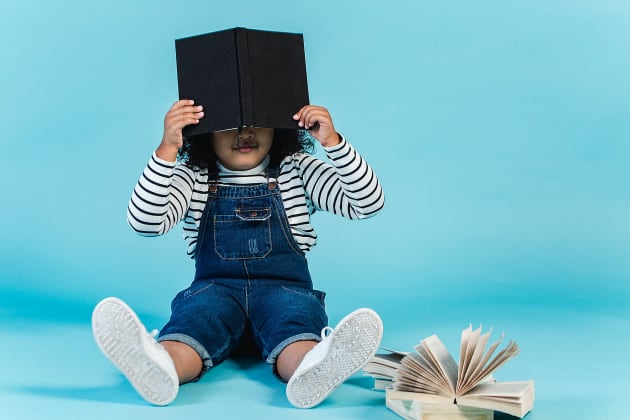
The fact that many parents and teachers need to make a conscious effort to diversify the books their children read already says something huge about the most popular children’s books around today. Your classic Roald Dahl and Beatrix Potter stories aren’t going to cut it when it comes to representing diverse groups of people.
But it’s difficult to measure exactly how diverse children’s books are - diversity is a different story when you look at race and ethnicity, LGBT+ identities, and disability to name but a few.
There has been some positive improvement in recent years when it comes to representing various ethnicities - children’s books featuring a minority ethnic character went up from 10% in 2019 to 15% in 2020. But that number is still drastically low.
According to a 2019 study by the Cooperative Children's Book Center, only 3.4% of children's books have disabled main characters. How many disabled children are left without characters to represent and inspire them?
The ‘age-appropriateness’ of LGBT+ characters and stories remains a tense issue, and Section 28, which made it illegal for any local authority to ‘intentionally promote homosexuality’ in the UK, has left lingering effects. Despite its repeal in 2003, many teachers still need to tip-toe around parent approval or feel out of their depth discussing LGBT+ characters and stories, which often leads to them not touching them at all.
Although many of us would like to think that the realm of representation in children’s books has improved, it’s clear that there’s still a long way to go.
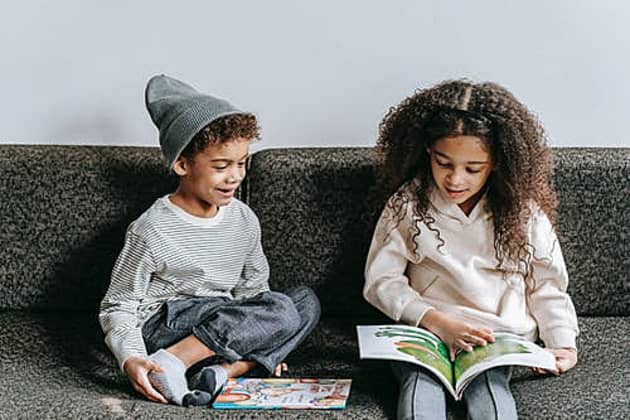
Why are we working so hard to make children’s books more diverse and inclusive? The impact that a character who looks like you, talks like you, acts like you and feels like you should never be underestimated, especially for a child navigating the world and their identity for the first time.
I asked Twinkl team members from underrepresented groups about their thoughts and experiences on diversity in children’s books, and they had lots to say.
‘[I] can't think of a single story I read as a child where a character had lost a limb[,] apart from ‘Peter Pan’… Often in fiction, the physically different are the baddies.’ – Anonymous Team Member
That statistic of only 3.4% of children’s books having disabled main characters is clear to see here. As a child, seeing yourself only in the villain of the story could have devastating effects on how you view yourself. It’s extremely othering and may make many children with a similar disability question why they can’t be the hero of the story, too.
For many people in the LGBT+ community, seeing your identity represented in fiction often doesn’t happen until you’re a teenager or even an adult.
‘There wasn't really any representation when I was young (80s kid). [...] It was only until I read ‘Orange is Not the Only Fruit’ by Jeanette Winterson much later in life that I felt represented.’ – Anonymous Team Member
[When asked what was the first book that represented their identity as a child] ‘From what I can remember, it was Running With Scissors, by Augusten Boroughs. It's about his early life, and he's a gay man - although I didn't know I was gay at the time (I think I would have been around 15 years old).’ – Anonymous Team Member
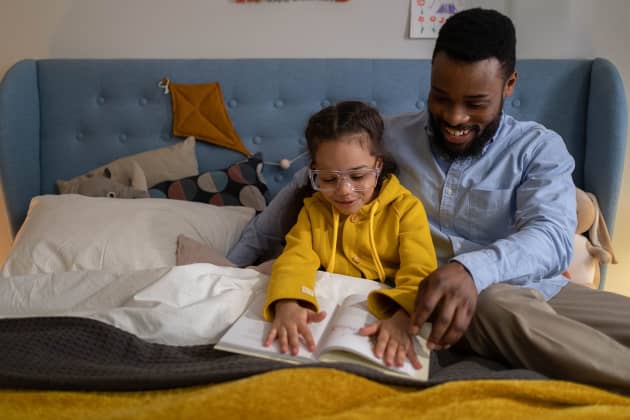
‘[T]he first representation I got as a lesbian wasn't until I was well into secondary school - I think my primary school experience was just damaged by section 28 - I was in year 2 when it was repealed, and as someone from a low-income background, I had to rely on extremely underfunded libraries and books years out of date.’ – Marian, Beyond Illustrator
Section 28 left a generation of LGBT+ children with little to no access to books and characters that represented their identity and how they were feeling. The time before you find that book or character that represents you can be extremely isolating and othering, making you think that your feelings are wrong or that you’re the only one experiencing this.
On the flip side, finally experiencing that representation is euphoric for many people, proving that we should be doing our best to make sure that children, whoever they are, always feel like they can find themselves inside a book.
‘I had never, ever seen requited love between two female characters at all in the past (at least not in traditional media). It was very eye-opening for me and definitely enabled me to explore my own attraction to women later on.’ – Kat Thomas, Illustrator
‘It was amazing to have a character in a book that I could point to and say, 'that's me!' - it was a way to communicate who I was to my family.’ – Charlotte Clements, PO Creative Arts
‘I was diagnosed as neurodivergent [(ND)] just after my older sibling was, so our Gran spent a lot of time trying to hunt down books with ND protagonists. I was still very young and couldn't properly understand how those traits made us different, but I remember being thrilled that the heroes were like us.’ – Marian
But just seeing that character isn’t always enough. How that character is presented is just as important - if that character is packed full of stereotypes or only exists to further another character’s development, for example, then it’s not really worth much at all.
‘[I felt] quite sad and angry because it made me wonder why, when it came to book representation, Black people's stories [were] always around slavery and the hardships we have gone through, instead of the amazing things we've done and created that have become an essential part of our daily lives, whether it's been lightbulbs, food, hairstyles, clothing, traffic lights, dancing, music and so much more.’ – Carmen Lawrence, Commercial Graduate
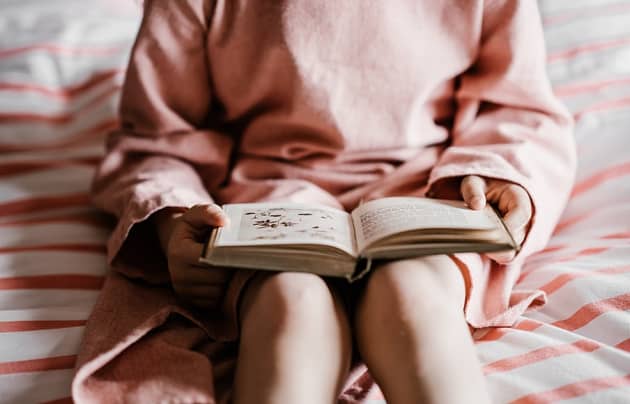
‘Besides the Rick Riordan books, ND books were fairly empty, aimed towards adults and written by adults who were 'charmed' by the idea of ND people [...], so the stereotypes that were perpetuated did sink in a little.’ – Marian
Simply slapping a label onto a character and calling it a day isn’t enough to make children feel like they’re seen and heard. These characters need to have been written with care and consideration to have the positive impact that children need. They need to show children that they can go on adventures and achieve magical things, just like any other white, cisgender, heterosexual, able-bodied and neurotypical character.
We also desperately need more variety within these diverse stories - why should Black children only see characters like them who suffer? Or whose only meaningful personality trait is about their suffering? Happy, hopeful and uplifting stories are the key to making children from all backgrounds feel seen.
Diverse stories and characters open up the world around us. Instead of maintaining a narrow worldview, children can look into windows and see new people and even new parts of themselves. There are so many opportunities for learning, it’s really a no-brainer that you’d want your children to be reading stories that include a wide variety of people, backgrounds, cultures and more.
One of the most influential things that diverse stories can teach is that you and your identity are important to the world.
‘[Diversity] helps with you knowing your identity, learning about your culture and helps you build confidence that you are not an exception but included and relevant[,] not just [to] yourself but to others.’ – Carmen Lawrence

‘Everyone has a right to see themselves reflected in the world around them - otherwise, they may feel like they don't take up space in the world or need to try to change in order to fit the moulds that they do see everywhere.’ – Kelly Harris, Marketing Assistant and Content Creator for Twinkl Parents
For those who aren’t even fully aware of their identity yet, seeing characters who are like you, but have a word to describe who they are, can be life-changing.
‘I've met several people who only learned the names for their identities (asexual, non-binary, gender fluid etc.) by reading about characters like them whose experiences echoed their own.’ – Marian
Without diverse characters and stories, many people wouldn’t even learn about an intrinsic part of who they are. How can we deny children this experience by only providing access to limited books and stories?
Sharing diverse stories creates a better world for everyone. Even for those that fit the ‘norm’ in some ways, it helps to relieve ignorance and teaches them that there are plenty of other types of people in our world, who are all deserving of our respect and kindness.
Now, onto the part where you can take action.
Diversifying your child’s reading might seem like a daunting task at first - where do you even start? To help you out, we’ve compiled a list of useful resources to steer you in the right direction. We’ve even got stories from Twinkl Originals that are a fantastic place to begin.
Twinkl Originals are engaging stories written for children aged 0-11 - with a diverse cast of characters and exciting themes, there’s something for everyone. Here are just a few that you can add to your children’s reading library to help diversify it.
KS1
‘We Are All Different’ explores, well, how we are all different. From hairstyles to skin colours, families to likes and dislikes, this book shows children how unique everyone is, and how we’re similar, too.
In ‘Part of the Party’, Karri the koala wants to go to the Mummy and Daughter Disco, but she lives with her two dads. It turns out, some of her friends feel left out, too. Karri makes it her mission to make sure everyone feels part of the party!
Bo loves Chinese New Year, and she can’t wait to share the celebration with her cousin, Evie. Will Evie get to see the dragon Bo has been telling her so much about? This story is a lovely way to teach children about the Lunar Festival and how families celebrate it.
KS2
The Curious Case of the Stolen Show
Demi’s been looking forward to the concert on Saturday for so long, but when disaster strikes, it looks like the plans are off. Can Demi and her two dads solve the mystery and get the show back on the road?
Ash loves acting, singing and being on centre stage. But on the opening night of the school play, his nerves get the better of him. The end of year 6, and primary school forever, is looming, as well as the end-of-year exams. Everything’s getting a little too much. Ash’s dad takes him to the doctors, where he’s diagnosed with Generalised Anxiety Disorder. Can Ash use his new breathing techniques to help him take part in the leavers’ assembly?
Phyllis and the Fossil Finders
Jacob, Gabi, Nakeisha and Faizal stumble upon a new friend… the likes the world has never seen before! As they try to keep it safe and find it a new home, the four learn a lot about trust and friendship.
The Colourful Bookshelf - Here, you can find lists of children’s books written and illustrated by British creators of colour.
Stonewall’s LGBTQ+ inclusive books for children and young people - Stonewall’s compiled book list of LGBT+ inclusive books for children aged 2-15+.
YA/MG Trans & Nonbinary Voices Masterlist - A list of books with transgender or nonbinary protagonists written by trans and nonbinary authors. The books are either Young Adult or Middle Grade, so they’re more suitable for older children.
Disability in Kidlit - This website publishes articles, reviews, discussions and more about how disability and disabled characters are presented in children’s books.
-
We hope that you found this information insightful, and you’re now ready to diversify your child’s reading library to help them discover the world, and themselves.

Digital Copywriter - SEO
Rebecca is a Digital Copywriter for the SEO team and spends most of her day writing copy for our resources. She joined the team after completing her Bachelor's degree in English Literature and Creative Writing. Outside of work, she can be found reading writing, or most likely, playing a video game.


